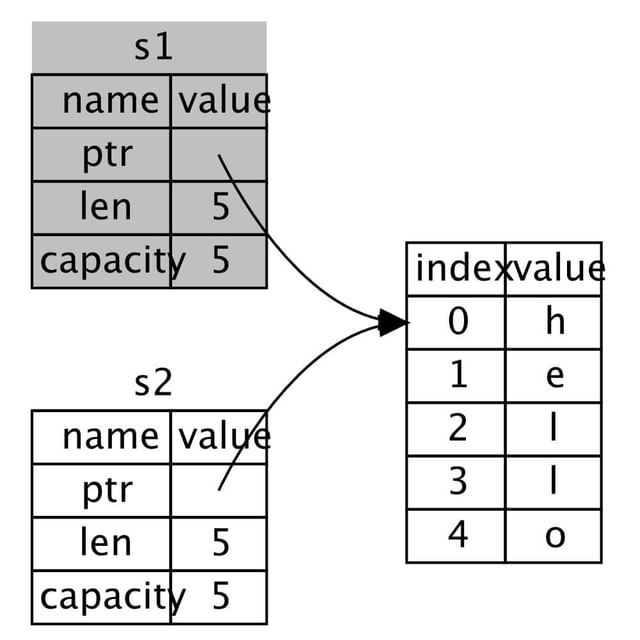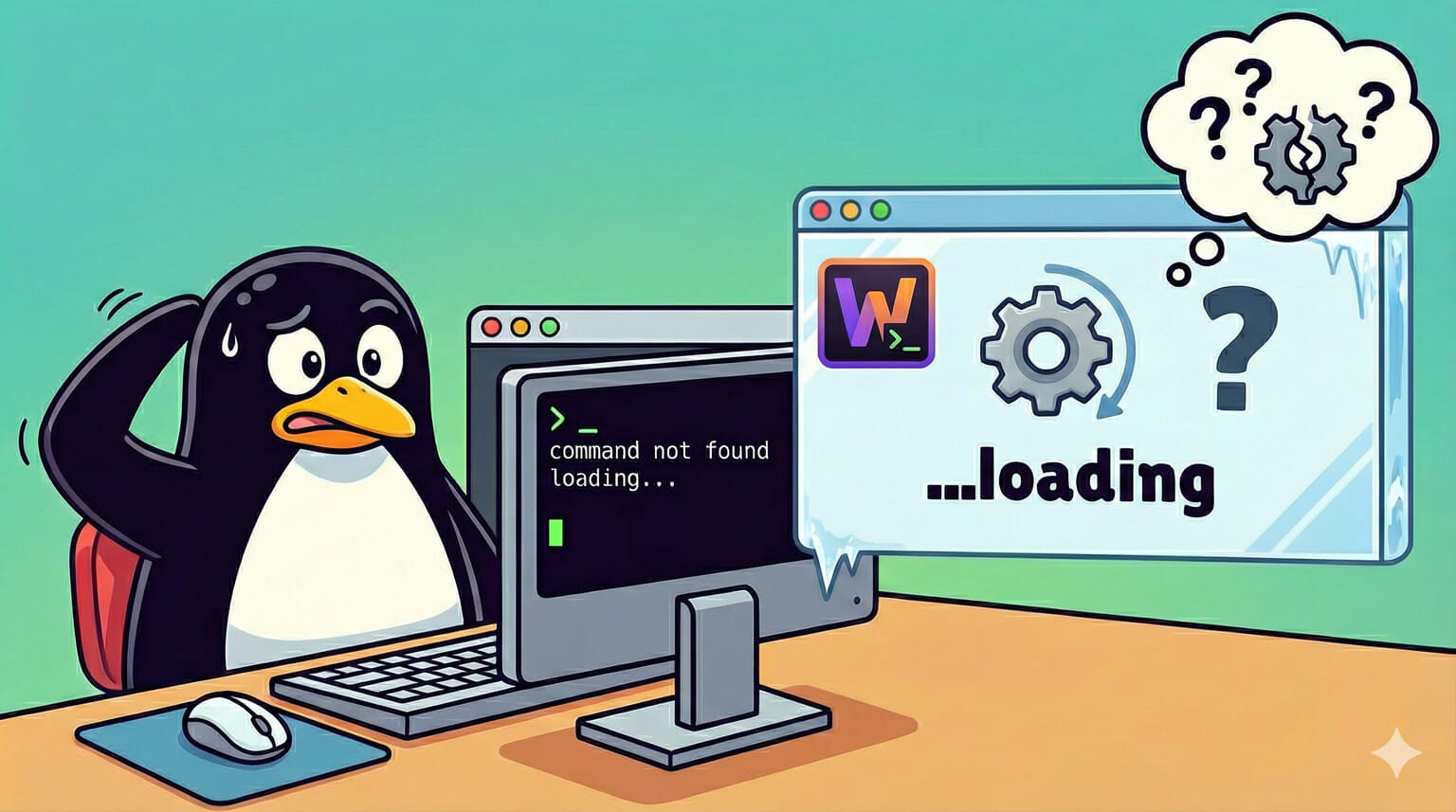Rust in 2025: 12 Compelling Reasons Why Developers Should Master This Powerful Language
· Travis Rodgers · 9 min read
As we approach 2025, the software development landscape continues to evolve at a rapid pace. Among the programming languages that have gained significant traction in recent years, Rust stands out as a powerful and versatile option that offers numerous benefits for developers.
Created by Mozilla Research, Rust has quickly become a favorite among programmers for its unique combination of performance, safety, and concurrency, ranking as the top most desired language for subsequent years now in Stack Overflow surveys.
In this comprehensive guide, we’ll explore the many advantages of Rust and why it’s becoming an essential language for developers in 2025.
A Quick Note on Learning Rust
Rust is not an easy language to master, especially if you’ve been in “high programming language land” most of your career.
Time well spent in The Rust Book is a non-negotiable.
Here is my blueprint for learning Rust successfully.
Why Developers Should Embrace Rust in 2025
1. Memory Safety Without Sacrificing Performance
One of Rust’s most significant selling points is its ability to provide memory safety without compromising on performance. This is achieved through Rust’s ownership system and borrowing rules, which prevent common programming errors such as null or dangling pointer references, buffer overflows, and data races at compile time.
Example: s1 is moved into s2 (further explanation)

Unlike languages that rely on garbage collection (like Java or Python) or manual memory management (like C or C++), Rust’s ownership model ensures that memory is managed efficiently and safely without runtime overhead.
This results in programs that are both fast and reliable, making Rust an excellent choice for systems programming, game development, and other performance-critical applications.
2. Concurrency Without Data Races
In an era where multi-core processors are the norm, writing concurrent code that is both efficient and safe is crucial. Rust’s ownership and type systems guarantee thread safety, eliminating data races by design. This allows developers to write concurrent code with confidence, knowing that the compiler will catch potential issues before they become runtime problems.
Rust’s approach to concurrency is not only safe but also flexible. It supports various concurrency models, including message-passing, shared-state concurrency, and async/await syntax for handling asynchronous operations.
This versatility makes Rust an excellent choice for building scalable, high-performance server applications and distributed systems.
3. Cross-Platform Development
As the tech ecosystem becomes increasingly diverse, the ability to write code that runs on multiple platforms is more valuable than ever.
Rust excels in this area, offering excellent support for cross-platform development. With Rust, you can write code that compiles natively for a wide range of platforms, including Windows, macOS, Linux, iOS, Android, and even WebAssembly.
This cross-platform capability, combined with Rust’s performance characteristics, makes it an ideal choice for developing applications that need to run efficiently on various devices and operating systems.
Whether you’re building desktop applications, mobile apps, or web services, Rust provides the tools and ecosystem to support your cross-platform development needs.
4. Growing Ecosystem and Community Support
Since its inception, Rust has fostered a vibrant and supportive community. This community-driven approach has led to the development of a rich ecosystem of libraries (crates) and tools that make Rust development more productive and enjoyable.
The official package manager, Cargo, simplifies dependency management and project builds, while the crates.io registry provides access to thousands of open-source libraries.
As we look towards 2025, the Rust ecosystem continues to grow and mature. Major companies like Microsoft, Amazon, and Google are increasingly adopting Rust for critical projects, further expanding the language’s reach and resources.
This growing adoption means more job opportunities, better tooling, and an even richer ecosystem for Rust developers in the coming years.
5. Excellent Documentation and Learning Resources
One of Rust’s strengths is its commitment to documentation and education.
The official Rust book, available online for free, provides a comprehensive guide to the language, making it accessible to beginners while offering in-depth explanations for more advanced concepts.
Additionally, the Rust community has produced numerous tutorials, courses, and books that cater to different learning styles and experience levels.
Again, here is my recommended path of learning.
As Rust continues to gain popularity, the quality and quantity of learning resources are expected to improve even further.
This makes 2025 an ideal time to start learning Rust, as you’ll have access to a wealth of up-to-date materials to support your learning journey.
6. Interoperability with Other Languages
While Rust is powerful enough to build entire systems from scratch, it also excels at integrating with existing codebases written in other languages. Rust’s Foreign Function Interface (FFI) allows for seamless interaction with C libraries, making it possible to gradually introduce Rust into existing projects or leverage established C/C++ libraries in new Rust applications.
Furthermore, Rust’s compatibility with WebAssembly opens up possibilities for using Rust in web development, allowing developers to write high-performance code that runs in the browser. As we move towards 2025, this interoperability is likely to expand, making Rust an even more versatile tool in a developer’s toolkit.
7. Strong Type System and Powerful Abstractions
Rust’s strong, static type system catches a wide range of errors at compile-time, reducing the likelihood of runtime errors and improving overall code quality.
The type system is expressive enough to model complex relationships and constraints, helping developers write more correct and self-documenting code.
Moreover, Rust provides powerful abstraction capabilities through its trait system, which allows for generic programming and composition of behaviors.
This enables developers to write flexible, reusable code without sacrificing performance, as Rust’s zero-cost abstractions ensure that high-level programming constructs compile down to efficient machine code.
8. Built-in Testing and Documentation
Rust places a strong emphasis on software quality, and this is reflected in its built-in testing and documentation features.
Unit tests can be written alongside the code they’re testing, encouraging developers to write and maintain tests as an integral part of the development process. The Rust compiler can automatically run these tests, making it easy to catch regressions early.
Similarly, Rust’s documentation system allows developers to write and generate documentation directly from their source code.
This includes support for running code examples in the documentation, ensuring that the documentation stays up-to-date with the codebase.
As software projects grow in complexity, these built-in features become increasingly valuable for maintaining code quality and developer productivity.
9. Performance Profiling and Optimization
For developers working on performance-critical applications, Rust provides excellent tools for profiling and optimizing code. The language’s design allows for fine-grained control over low-level details when needed, while still providing high-level abstractions for productivity.
Rust’s compilation model, which includes LLVM as its backend, allows for aggressive optimizations that can result in machine code that’s competitive with hand-tuned C or C++.
Additionally, tools like Criterion.rs make it easy to write and run benchmarks, helping developers identify and eliminate performance bottlenecks.
10. Sustainable and Ethical Programming
As we become more aware of the environmental impact of software, Rust’s efficiency can contribute to more sustainable programming practices.
By writing more efficient code that requires less computational resources, Rust programs can help reduce energy consumption and carbon footprint, especially for large-scale applications and services.
Furthermore, Rust’s focus on safety and correctness aligns well with ethical programming principles.
By preventing entire classes of bugs and security vulnerabilities at the language level, Rust helps developers create more reliable and secure software, which is increasingly important in a world where software affects nearly every aspect of our lives.
11. Rust in Emerging Technologies
Looking ahead to 2025, Rust is well-positioned to play a significant role in emerging technologies. Its performance and safety guarantees make it an excellent choice for developing Internet of Things (IoT) devices, where resource constraints and security are critical concerns.
In the field of artificial intelligence and machine learning, Rust’s performance characteristics make it suitable for implementing efficient inference engines and data processing pipelines.
Rust is also making inroads in blockchain technology, with projects like Kaspa, and Parity Technologies using Rust to build high-performance, secure blockchain infrastructure. As these and other emerging fields continue to evolve, Rust’s combination of safety, performance, and expressiveness will likely make it an increasingly popular choice for developers working on cutting-edge technologies.
12. Career Opportunities and Industry Demand
As more companies adopt Rust for critical projects, the demand for Rust developers is expected to grow significantly by 2025.
This trend is already visible, with major tech companies like Amazon, Google, and Microsoft using Rust in production and actively hiring Rust developers.
Learning Rust now can position you well for these emerging job opportunities, but do note it will take some commitment to get proficient.
Moreover, the skills you develop while learning Rust – such as thinking carefully about ownership and borrowing, writing concurrent code safely, and leveraging a strong type system – are transferable to other programming contexts.
Even if you don’t end up using Rust full-time, the principles and patterns you learn can make you a better programmer overall.
Conclusion: Embracing Rust in 2025
As we’ve explored in this comprehensive guide, Rust offers a compelling set of benefits that make it an excellent language to learn and use in 2025 and beyond.
Its unique combination of performance, safety, and expressiveness addresses many of the challenges faced by modern software development, from systems programming to web services and emerging technologies.
By learning Rust, developers can:
- Write safer, more reliable code with fewer runtime errors
- Develop high-performance applications that efficiently use system resources
- Create concurrent programs with confidence, free from data races
- Build cross-platform applications that run on a wide range of devices
- Tap into a growing ecosystem of libraries and tools
- Position themselves for exciting career opportunities in various tech sectors
While Rust has a steeper learning curve compared to some other languages, the investment in learning Rust pays off in the form of more robust, efficient, and maintainable code.
As the software industry continues to evolve, the principles embodied in Rust – safety, concurrency, and performance – are likely to become increasingly important.
Whether you’re a seasoned developer looking to expand your skillset or a newcomer to programming seeking a powerful and future-proof language to learn, Rust offers a path to becoming a more effective and in-demand developer.
What are your thoughts on Rust? Let’s discuss below.
This page may contain affiliate links. Please see my affiliate disclaimer for more info.



